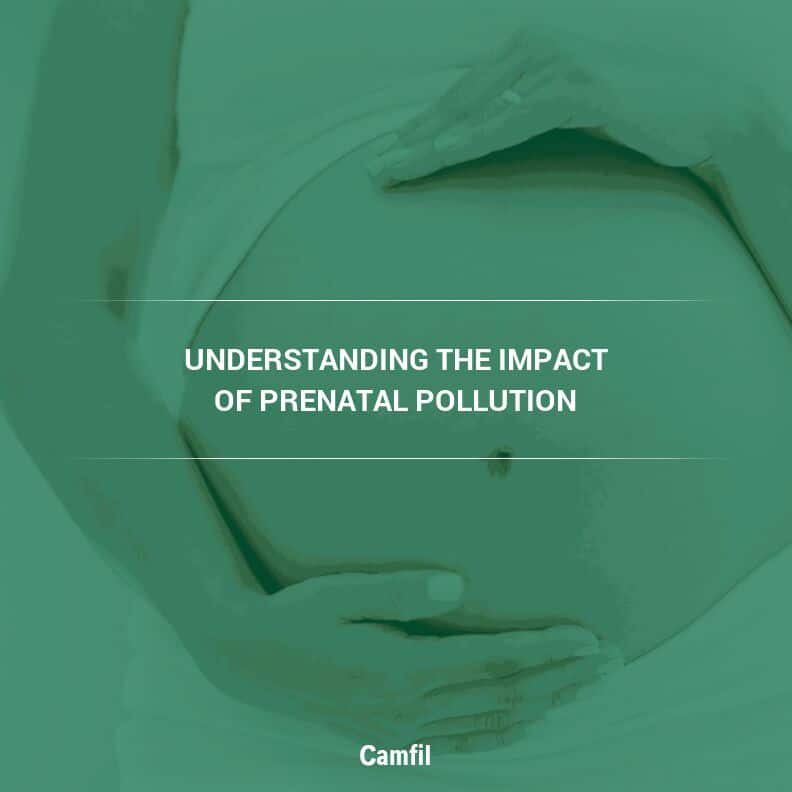
Prenatal Pollution Exposure Linked to Respiratory Distress in Newborns Insights from a 2024 Study
A recent study published in the journal Environmental Health Perspectives in January 2024 highlighted a link between prenatal pollution exposure and respiratory distress in newborns. In this article, air quality specialists from Camfil explain the findings of this study and discuss practical solutions for decreasing prenatal air pollution exposure.
Understanding the Impact of Prenatal Pollution
Respiratory Distress in Newborns
Respiratory distress in newborns is a condition characterized by difficulty in breathing and inadequate oxygenation soon after birth. This ailment can manifest through a variety of symptoms including rapid and shallow breathing, grunting, flaring of the nostrils, and a bluish tint around the lips and fingertips called cyanosis. Causes of respiratory distress can be varied but often include prematurity, congenital lung problems, or infections and often require clinical interventions such as oxygen therapy, assisted ventilation, and systemic antibiotics. Respiratory distress is the leading cause of infant illness (which can lead to long-term respiratory complications) and death globally.
In the context of the recent study, the role of prenatal pollution exposure as a potential factor in respiratory distress highlights an urgent need to address environmental air quality to protect the health of both mothers and their developing infants.
The Role of Prenatal Air Pollution in Neonatal Respiratory Distress
Researchers used data from the Maternal–Infant...
Read Full Story: https://cleanair.camfil.us/2024/06/06/prenatal-pollution-exposure-linked-to-respiratory-distress-in-newborns-insights-from-a-2024-study/
Your content is great. However, if any of the content contained herein violates any rights of yours, including those of copyright, please contact us immediately by e-mail at media[@]kissrpr.com.